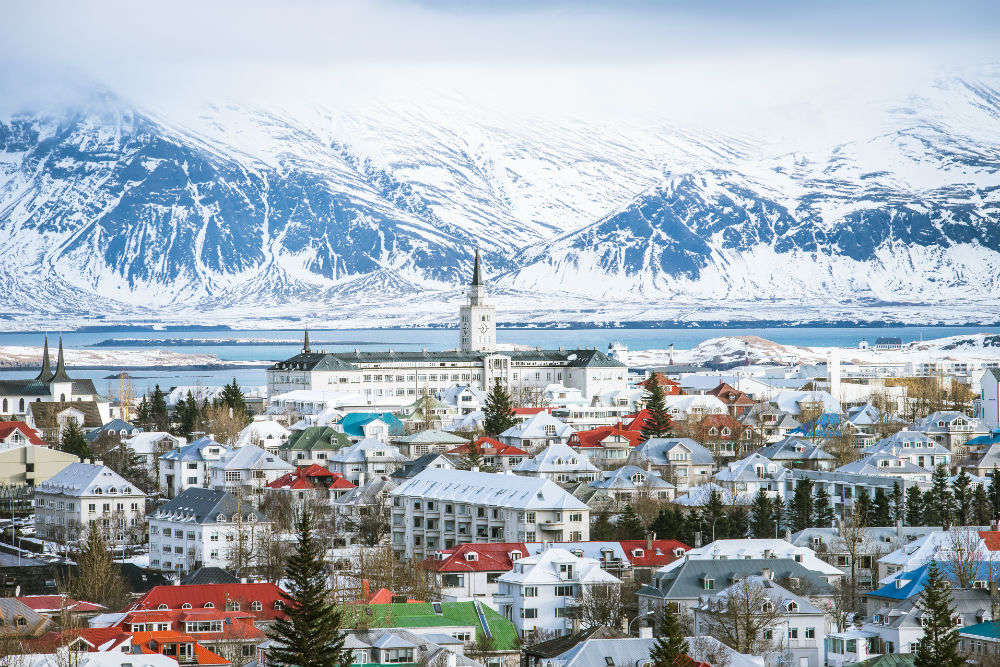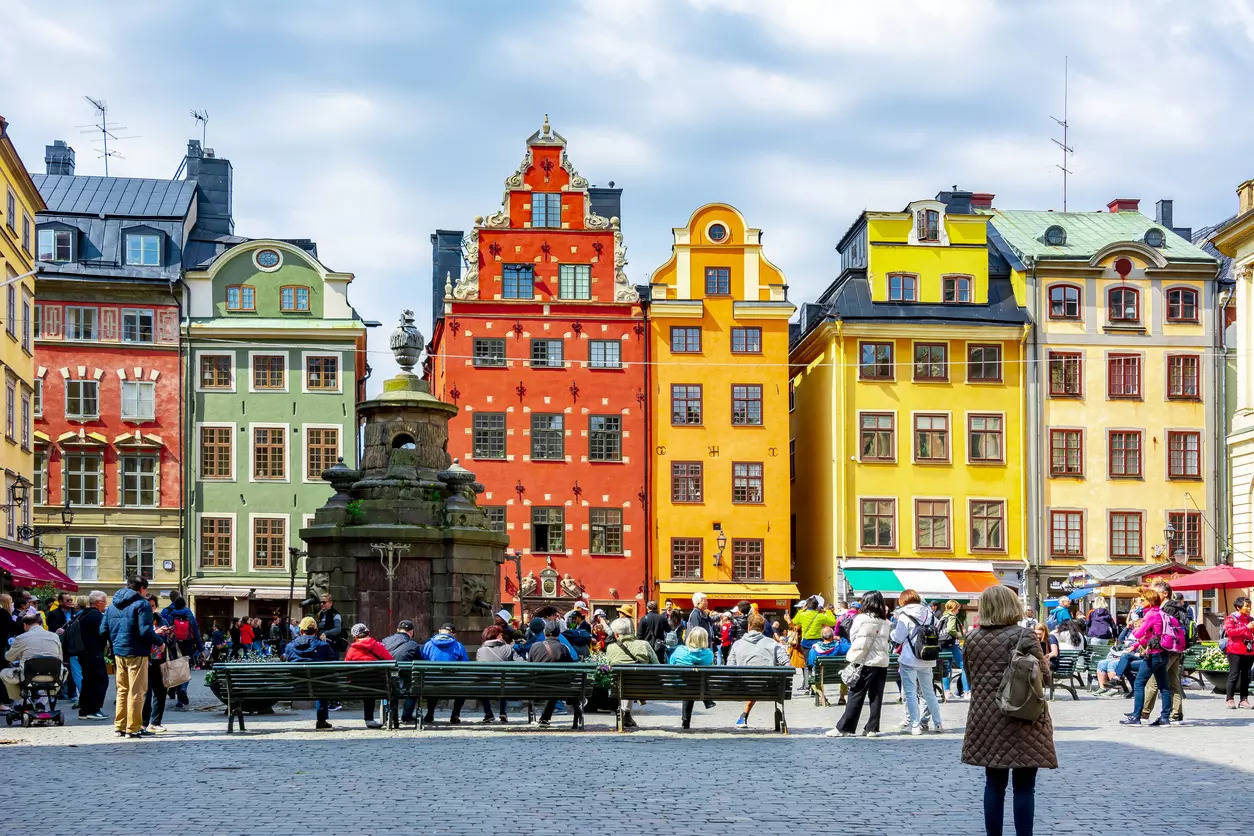Which Are The Top 10 Happiest Countries In The World?
India has moved up nine positions from its 2022 ranking to be placed 125th out of 146 nations. India, on the other hand, is ranked lower than even war-torn nations like Russia and Ukraine. Additionally, nations that are close to India, including Nepal, China, Bangladesh, and Sri Lanka, score higher than it does.

Which Are The Top 10 Happiest Countries In The World?
The World Happiness Report just revealed its annual list of the world’s happiest nations, with Finland taking the top spot for the sixth consecutive year.
The report’s sponsor, the UN Sustainable Development Solutions Network, ranks the more than 150 nations based on assessments of their average life expectancies by 2020 and 2022 using six major criteria:
- Social assistance
- Income
- Health
- Freedom
- Generosity
- There is no corruption
These factors are used in the research to examine the discrepancy in happiness between the top and bottom halves of each assessed nation’s population.
According to the poll, this gap “is minimal in countries where virtually everyone is severely dissatisfied, and in the top countries where almost no one is unhappy.”
The top three slots in this year’s rating are held by the same Nordic nations as in previous years. Similar to 2022, Iceland came in third, followed by Denmark at No. 2.
Frank Martela, a Finnish philosopher and psychologist, claims that some of Finland’s residents’ high levels of happiness are due to their refusal to judge others by their neighbours’ standards, their appreciation of nature’s gifts, and their commitment to maintaining the community’s trust.
“Less on looking successful and more on what brings you joy. Instead of comparing yourself to others, the first step to achieving true pleasure is to establish your own standards “Tells CNBC Make It, Martela.
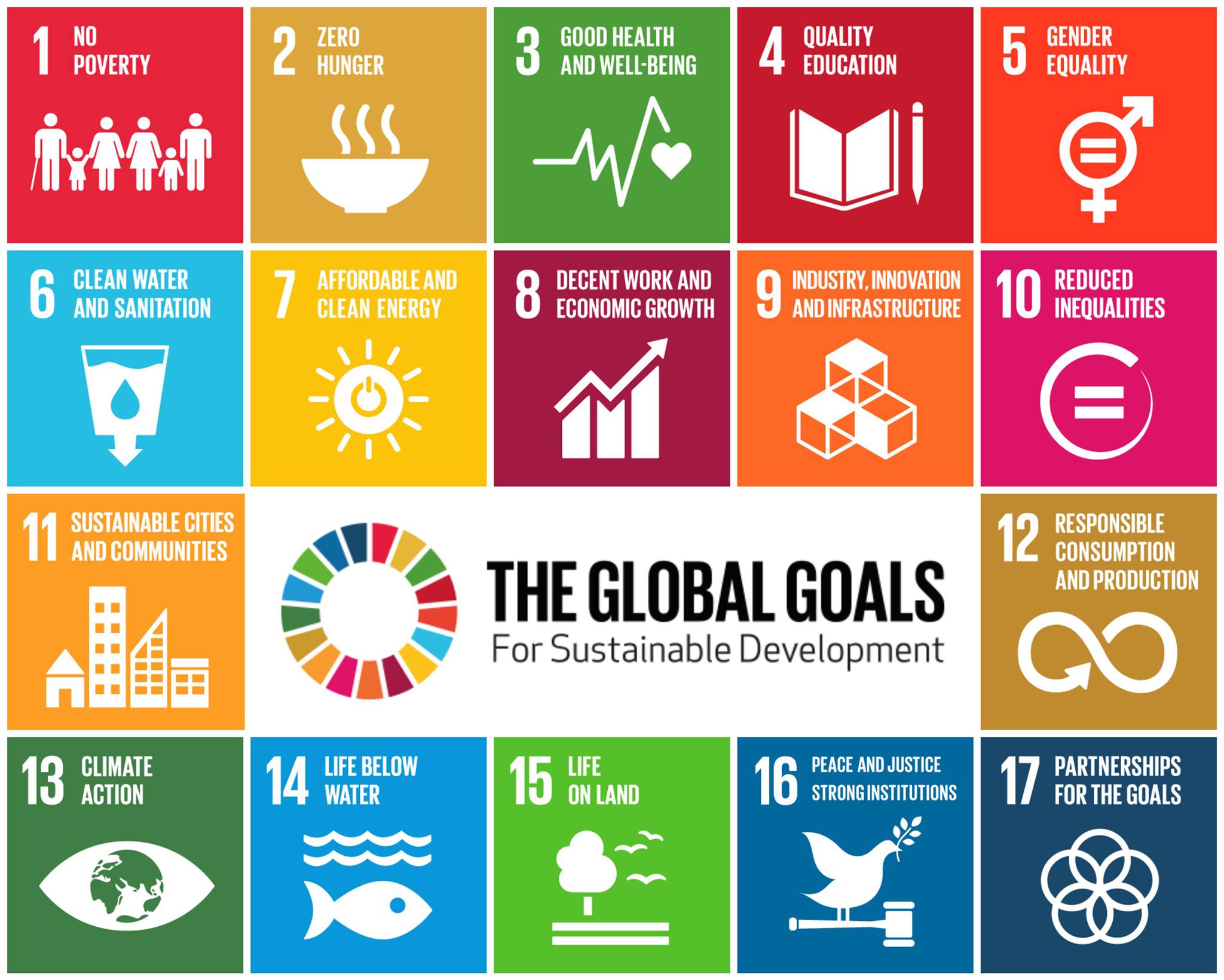
Finland is willing to impart its knowledge and is helping travellers discover their “inner Finn” by providing a free “masterclass of happiness.” With the help of knowledgeable coaches, the lucky participants will delve into four main themes: environment and lifestyle, health and balance, design and every day, and food and well-being.
India has moved up nine positions from its 2022 ranking to be placed 125th out of 146 nations. India, on the other hand, is ranked lower than even war-torn nations like Russia and Ukraine. Additionally, nations that are close to India, including Nepal, China, Bangladesh, and Sri Lanka, score higher than it does.
The United States placed No. 15 on the list, just outside the top 10. According to the nation’s official website, Denmark’s high rating is attributable in part to the country’s high degree of equality and feeling of social responsibility.
People in Denmark do pay some of the highest taxes in the world—up to half of their income—but this is offset by the fact that the majority of healthcare is free, university students don’t pay tuition and get a grant to help with living expenses while they’re in school, childcare is subsidised, and seniors get pensions and care assistants.
Iceland may be the least populous nation in Europe, yet its citizens are among the happiest in the world because of the culture’s emphasis on relying on others and the people’s strong feeling of community.
98% of individuals in Iceland, according to the Organization for Economic Cooperation and Development (OECD), think they know someone they can turn to in a pinch. While the average for the OECD is 91%, this is the highest rate in the organisation.
A look at the top ten countries where people are the happiest in 2023:
1. Finland:

Finland is a nation in Northern Europe that has borders with Sweden, Norway, and Russia. Helsinki, the nation’s capital, is spread across a peninsula and a number of islands in the Baltic Sea.
Helsinki is home to Suomenlinna, a coastal castle constructed in the 18th century, as well as the posh Design District and other museums. Arctic Lapland is a large wilderness area that features national parks and ski resorts, and It is also an excellent site for witnessing the Northern Lights.
2. Denmark:

Denmark is a Nordic country made composed of the Jutland Peninsula and other islands. The resund bridge connects it to nearby Sweden. Copenhagen, the nation’s capital, is home to royal buildings, the bustling Nyhavn port, the Tivoli amusement park, and the well-known “Little Mermaid” monument. Odense, the hometown of Hans Christian Andersen, includes a mediaeval district with cobblestone lanes and half-timbered homes.
3. Iceland:
Natural wonders such as Iceland’s volcanoes, geysers, hot springs, and lava fields have made this Nordic island nation famous. Huge glaciers are protected by the national parks Vatnajökull and Snaefellsjökull. The majority of the population lives in Reykjavik, the capital of Iceland, which boasts the National and Saga museums that detail Iceland’s Viking past. Reykjavík is also powered by geothermal energy.
4. Israel:

Israel, a country in the Middle East on the Mediterranean Sea, is regarded by Jews, Christians, and Muslims as the biblical Holy Land. The most sacred locations are in Jerusalem. Inside the Old City of Jerusalem is the Temple Mount complex, which includes the Church of the Holy Sepulchre, the Dome of the Rock, the Western Wall, and the Al-Aqsa Mosque. Besides being Israel’s commercial centre, Tel Aviv is famous for its Bauhaus buildings and beaches.
5. Netherlands:

A flat country in northwest Europe, the Netherlands is known for its canals, tulip fields, windmills, and bicycle trails. Amsterdam, the country’s capital, is home to numerous museums, including the Rijksmuseum, the Van Gogh Museum, and Anne Frank’s hiding place during World War II. Remaining from the city’s “Golden Age” in the 17th century are canalside residences and a collection of Rembrandt and Vermeer works of art.
6. Sweden:
Sweden, a country in Scandinavia, is home to tens of thousands of lakes, glaciated mountains, and islands off its coast. Its major cities include Stockholm, the capital and largest city in the east, and Gothenburg and Malmö, both located on the coast. There are 14 individual islands that together form Stockholm. It has more than 50 bridges in addition to the mediaeval old town, Gamla Stan, royal mansions, and outdoor museums.
7. Norway:
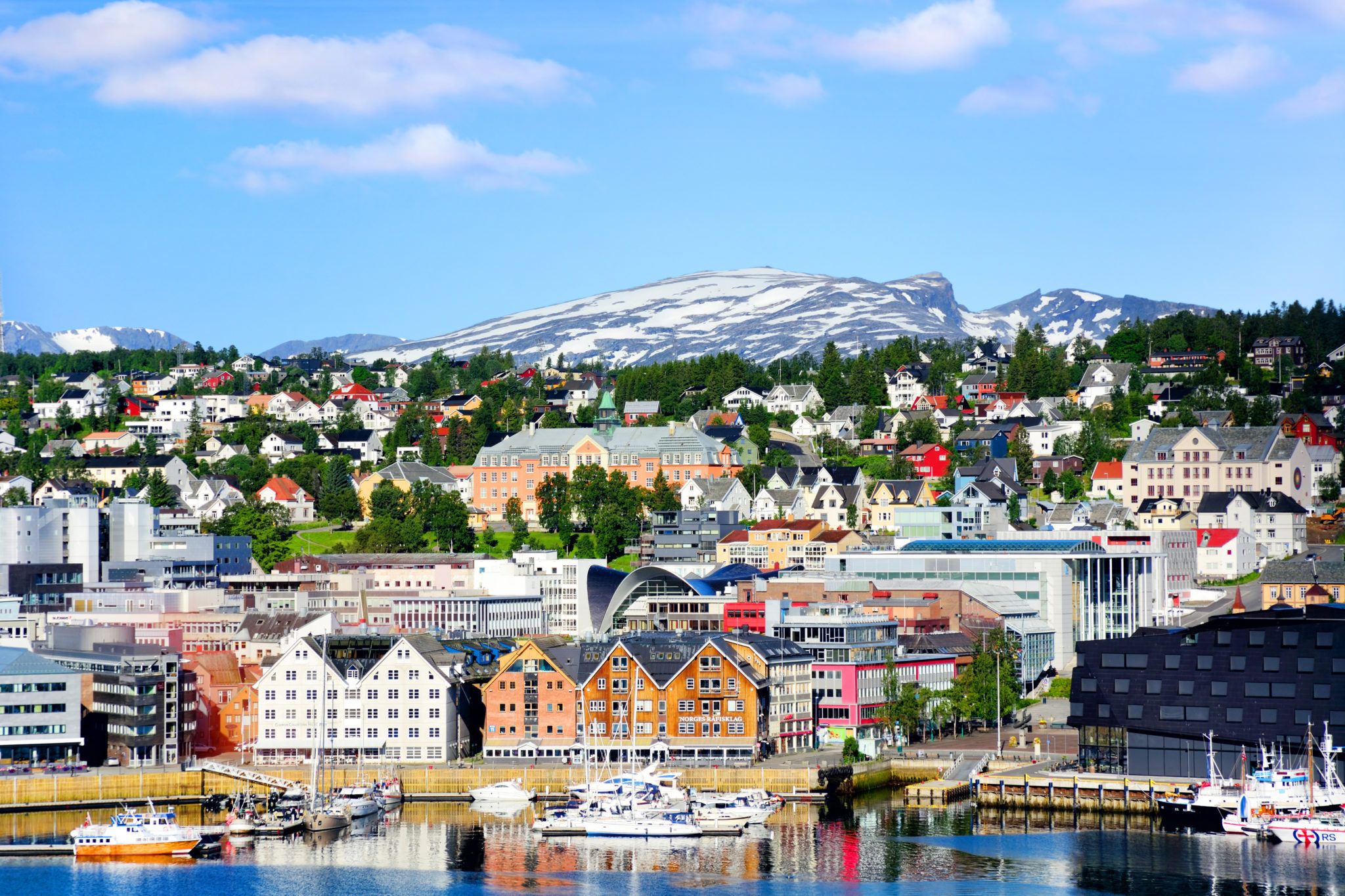
Norway, a country in Scandinavia, has mountains, glaciers, and a long coastline with fjords. Oslo, the nation’s capital, is a park- and museum-filled city. The preserved Viking ships are on show at the Viking Ship Museum in Oslo. Bergen, which features vibrant wooden structures, is the starting point for cruises to the magnificent Sognefjord. Particularly in the Olympic ski resort of Lillehammer, hiking, skiing, and fishing are very popular activities in Norway.
8. Switzerland:

A hilly country in Central Europe called Switzerland is home to several lakes, villages, and majestic Mountains. Every one of its cities has a mediaeval neighbourhood, like the Zytglogge clock tower in Bern, the country’s capital, and the wooden chapel bridge in Lucerne. The country is well known for its ski areas and hiking paths. Banking and finance are important industries, and Swiss products like watches and chocolate are well-known internationally.
9. Luxembourg:
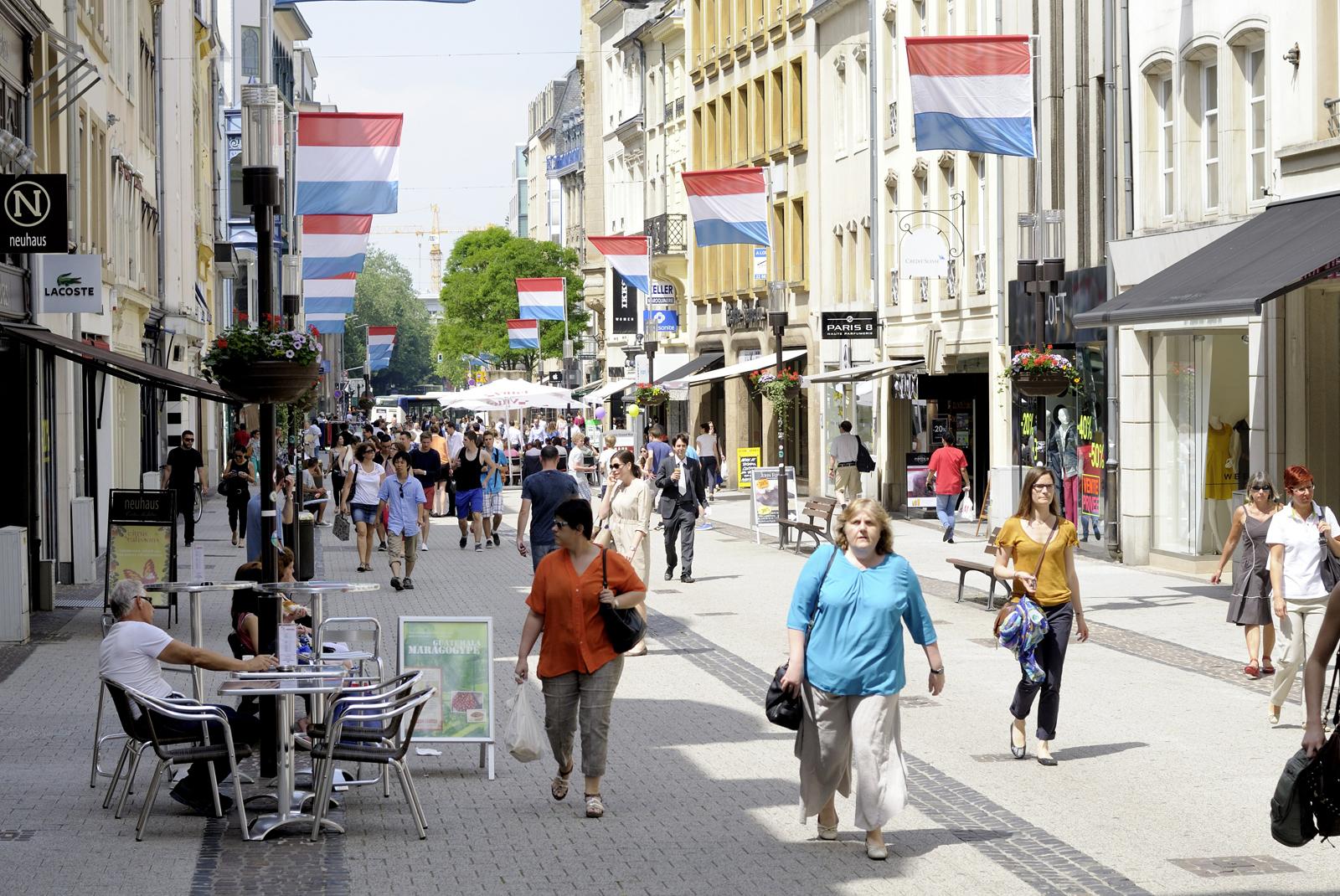
Belgium, France, and Germany are all about the tiny European country of Luxembourg. It is primarily rural because the Mullerthal region’s rugged gorges are in the east, the Moselle river valley is in the southeast, and the extensive Ardennes woodlands and nature parks are in the north. The capital of Luxembourg City, a famous mediaeval old town, is fortified and perched on a sheer cliff.
10. New Zealand:
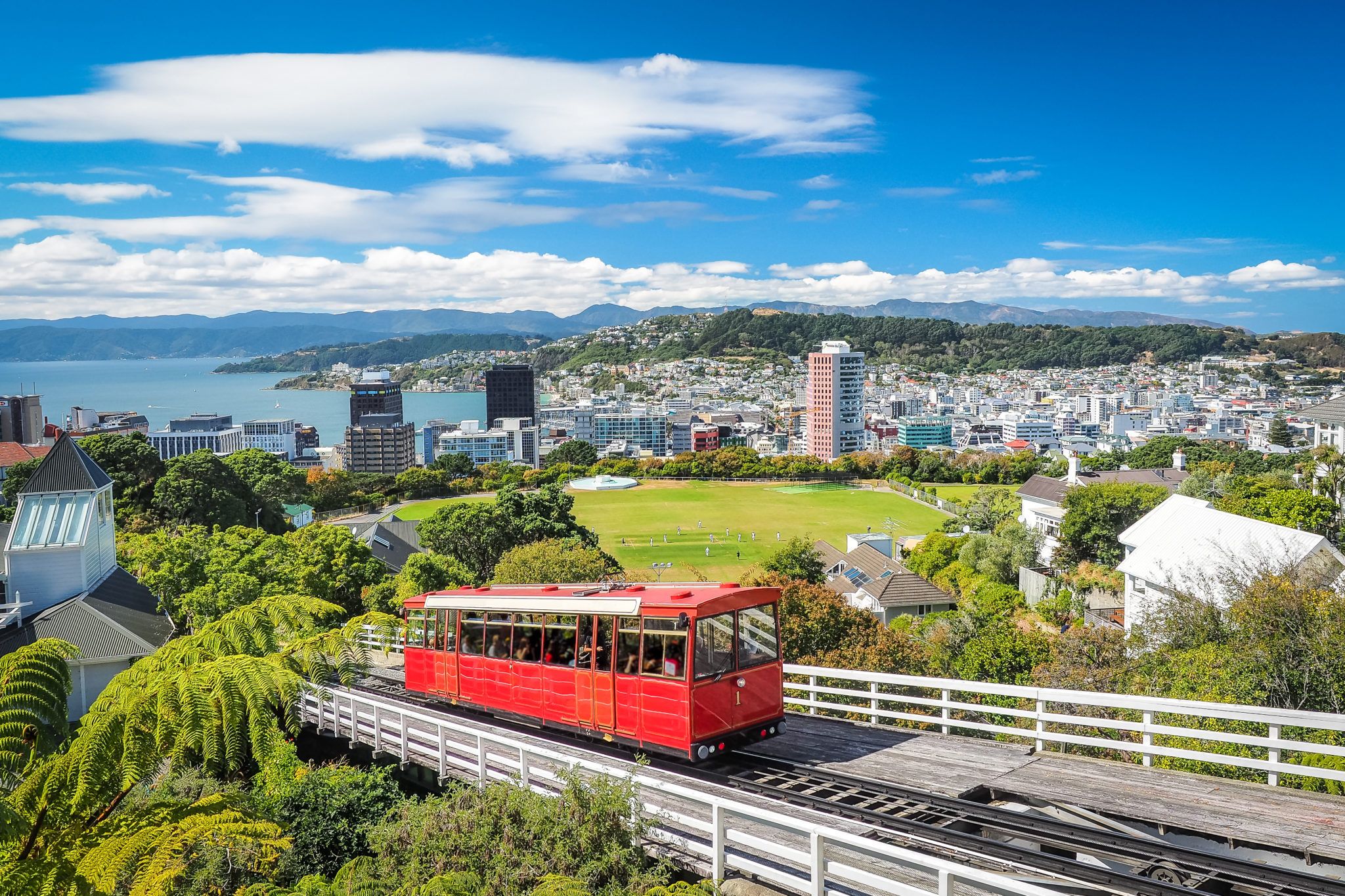
The nation of New Zealand is an island group in the western Pacific. The only two major landmasses are the North Island and the South Island, but they are each made up of approximately 700 smaller islands. At 268,021 square kilometres, it is the sixth-largest island nation in terms of size.
Edited by Prakriti Arora

